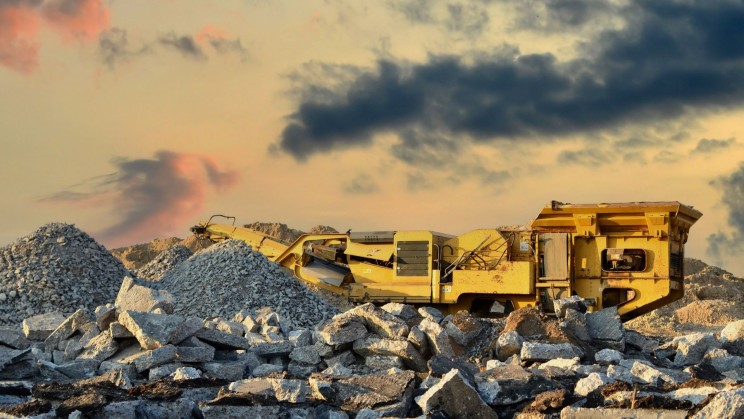
New building material from recycled concrete and CO₂
The concrete industry is enormous, and this comes at a cost: It is estimated that around 7% of the world's Carbon dioxide emissions come from the manufacture and use of cement, the main component of concrete. And a large proportion of this 7% is due to the necessary use of Calcium, which is usually obtained by burning limestone.
Inspired by the way some aquatic organisms harden into fossils over time. Scientists have found a way to combine waste concrete with captured Carbon dioxide (from industrial exhaust or even from the air) to form a usable concrete, they called it Calcium carbonate concrete. And they do this at much lower temperatures than those used to extract Calcium from limestone at present.
Calcium carbonate is a very stable material, so makes for a durable construction material. And the ability to recycle large quantities of material and waste is a great benefit.
However, Calcium carbonate concrete cannot replace typical concrete at present. It is not quite as strong as typical concrete, though for some
construction projects, such as small houses, this would not be a problem.
Scientists hope that in the coming decades, Calcium carbonate concrete will become the mainstream type of concrete and will be one of the solutions to climate change.
 English
English Arabic
Arabic


